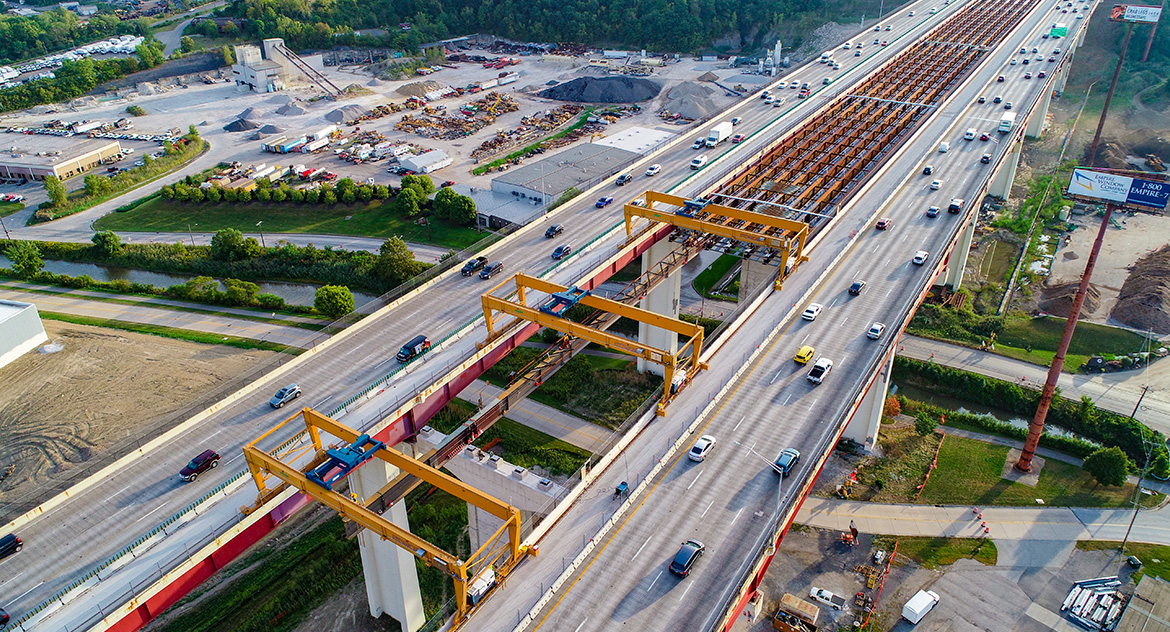Contact Us
RoadVision AI
Private Limited
Office No. 308 & 310, B Block
Ansal Chamber - 1, Bhikaji Cama Place,
Near Engineers India Limited (EIL) Bhawan, New Delhi - 110066
© 2024 | RoadVision AI | All rights reserved
The IRC SP 040: 1993, issued by the Indian Roads Congress, serves as a cornerstone in bridge maintenance and rehabilitation. This code provides comprehensive guidelines to address bridge deterioration, ensuring structural integrity and road user safety. Let’s delve into the key aspects and significance of this document.

Bridges, being vital components of transport infrastructure, are susceptible to wear and tear due to various factors, including environmental conditions, design inadequacies, and unforeseen events like floods and earthquakes. The IRC SP 040 highlights that timely rehabilitation prevents:
The document lays out a systematic approach for managing bridge rehabilitation, which includes:
The code classifies Indian road bridges into categories like masonry, reinforced concrete, and steel. For each type, it describes commonly observed issues:
To ensure effective rehabilitation, the IRC SP 040 prescribes:
The document emphasizes selecting techniques based on:
Common methods include:
Bridges over waterways require special hydraulic considerations to manage scour and erosion. Monitoring techniques like strain gauges and load testing help ensure long-term structural stability.
Recognizing the evolving nature of technology and bridge engineering practices, the code advocates periodic updates. It also encourages research into innovative materials and methods for sustainable bridge management.
The IRC SP 040: 1993 is indispensable for engineers and policymakers tasked with maintaining India's bridge network. By adopting these guidelines, the nation can ensure that its infrastructure remains robust, reliable, and safe for decades to come.
RoadVision AI is revolutionizing roads AI and transforming infrastructure development and maintenance with its innovative solutions in AI in roads. By leveraging Artificial Intelligence, digital twin technology, and advanced computer vision, the platform conducts thorough road safety audits, ensuring the early detection of potholes and other surface issues for timely repairs and improved road conditions. The integration of potholes detection and data-driven insights through AI also enhances traffic surveys, addressing congestion and optimizing road usage. Focused on creating smarter roads, RoadVision AI ensures compliance with IRC Codes, empowering engineers and stakeholders to reduce costs, minimize risks, and elevate road safety and transportation efficiency.